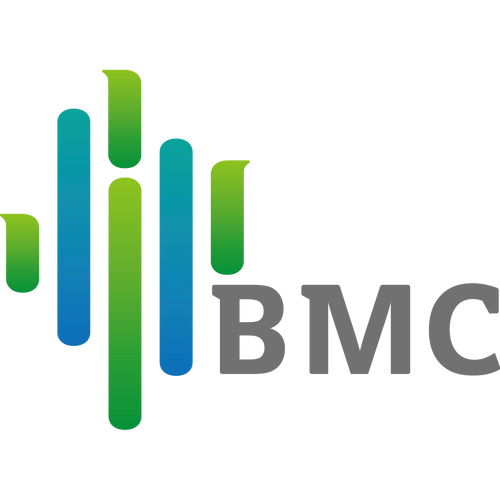CPAP and BiPAP machines are both forms of positive airway pressure therapy, which uses compressed air to open and support the airway during sleep. A portable machine generates the pressurized air and directs it to the user’s airway via a hose and mask system. Both systems use the same masks, hoses, and other accessories.
CPAP machines have an adjustable pressure setting that delivers between 4 to 20 cm H2O (a measure of air pressure that stands for centimeters of water pressure) regardless of whether the user is inhaling or exhaling. BiPAP machines have two pressure settings — inhalation positive airway pressure (IPAP) and exhalation positive airway pressure (EPAP) — that allow for lower pressure levels during exhalation. Depending on the BiPAP machine’s settings, the switch between IPAP and EPAP may be timed or automatically based on the user’s breathing patterns. BiPAP machines have a typical pressure range of 4 to 25 cm H2O.
While CPAP machines have only one setting, some models now have sensors that allow for gentler air pressure on the exhale. Unlike the EPAP setting on BiPAP machines, the exhalation pressure cannot be set by the user and is only slightly less than the overall pressure setting.
There are portable CPAP machines designed for travel, while BiPAP machines are designed for at-home use. Because BiPAP machines require additional sensors and settings, they are usually twice the cost of an otherwise similar CPAP machine.
Different types of PAP therapy work better for different conditions, though there is some overlap. CPAP is generally recommended for obstructive sleep apnea (OSA), and sleep specialists are unlikely to place an OSA patient on BiPAP unless they cannot tolerate CPAP. BiPAP is primarily used to treat central sleep apnea (CSA), as well as heart, lung, and neurological disorders that require structured airway support during sleep.
Both CPAP and BiPAP machines are available with a range of accessories, both integrated and after-market. The most common are data collection features and climate control features like humidifiers and heated tubing.


